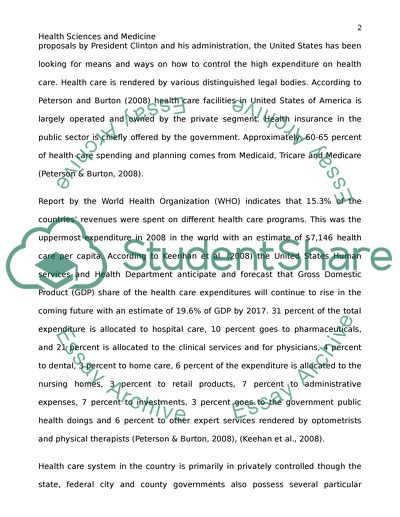Cite this document
(“Health Care in United States Research Paper Example | Topics and Well Written Essays - 1250 words”, n.d.)
Health Care in United States Research Paper Example | Topics and Well Written Essays - 1250 words. Retrieved from https://studentshare.org/health-sciences-medicine/1451334-health-care-spending-paper
Health Care in United States Research Paper Example | Topics and Well Written Essays - 1250 words. Retrieved from https://studentshare.org/health-sciences-medicine/1451334-health-care-spending-paper
(Health Care in United States Research Paper Example | Topics and Well Written Essays - 1250 Words)
Health Care in United States Research Paper Example | Topics and Well Written Essays - 1250 Words. https://studentshare.org/health-sciences-medicine/1451334-health-care-spending-paper.
Health Care in United States Research Paper Example | Topics and Well Written Essays - 1250 Words. https://studentshare.org/health-sciences-medicine/1451334-health-care-spending-paper.
“Health Care in United States Research Paper Example | Topics and Well Written Essays - 1250 Words”, n.d. https://studentshare.org/health-sciences-medicine/1451334-health-care-spending-paper.


